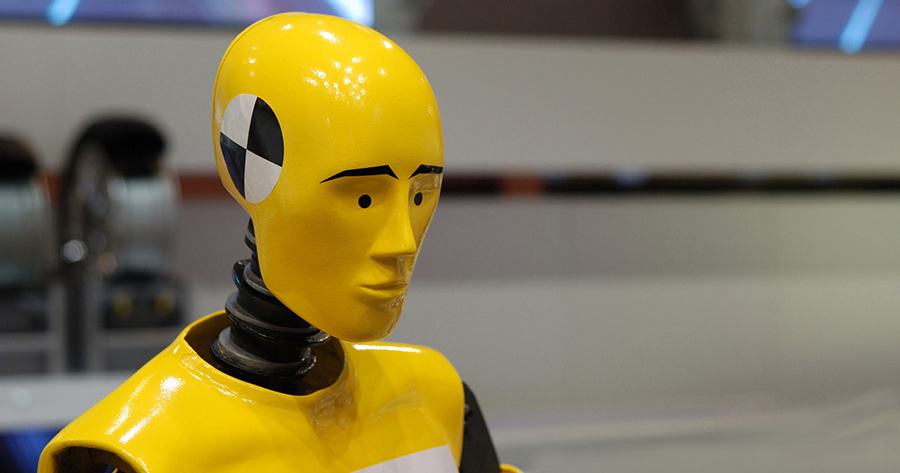Although there seems to be a handful of different methodologies, I feel that the essence of “design thinking” boils down to three tasks that anyone can—and must—do first in order to both effectively and empathetically solve design problems. What are they?
A Confession
Larry Wall, the creator of the Perl programming language, once said that the three great virtues of a programmer are laziness, impatience and hubris. However, these three virtues can sometimes become disadvantages for me as a non-programmer.
I’m an educational product designer and laziness, impatience, and hubris can sometimes lead me to automatically implement default, shortcut user experience design strategies and tactics when it comes to wrestling with meeting deadlines and making clients happy. That’s just part of being human. However, successfully meeting those short-term goals can sometimes eclipse the long-term goals of real and messy design problem-solving, which is why design thinking has become so popular.
You would think that an educational experience designer at Columbia University like me would practice design thinking every single day. The truth is that I don’t (and I should), which is why I will commit to working out my design thinking muscles even more—my New Year’s resolution for 2020.
What is Design Thinking?
I used to think that the term “design thinking” was an easy, hyped-up catchphrase to describe “brainstorming” but it’s so much more than that. In its most basic sense, design thinking is a pathway to effectively and empathetically solve design problems.
The bad news with design thinking is that there are different design thinking methodologies. They all may have different terms for the same concept and anywhere between three to six distinct design thinking steps. The good news is that all design thinking methodologies (at least I think so) can be summarized by these three sequential and essential tasks: define the problem, generate ideas to solve it, and test your best idea out by putting it in front of others.
First, define the problem. Look at your design problem from every perspective. Design thinking encourages really looking at it from every angle imaginable. Go beyond the obvious. Get into the mind of your audience. Ambush them in a supermarket. Once the look of confusion they give you subsides as you clutch your clipboard, you’ll get some amazing data and insights about your problem.
Then, generate ideas. I mean really generate. Go deeper into the problem to find patterns within it because this is where your audience’s real needs are hidden. It’s very important to generate as many ideas as you can without judgement. Suspend that judgement. It’s essential. Don’t think in terms of “good” or “bad”—just knock them out! Even a whiteboard covered with ideas is still not enough. You want to see sticky notes both everywhere and anywhere.
Finally, pick out one of your best ideas and test it out. Test out your concept and fail quickly. Get that feedback ASAP. Pitch your ideas to others and be sure to generate some excitement with your ideas presentation too. Go back to that supermarket and show them a cocktail napkin sketch. Produce a prototype. Perform a skit. Perfection is not a requirement when it comes to getting buy in. Learn from your testing as quickly as possible—not just to save time but before security arrives to speak with you as to why you’re performing sketch comedy at the supermarket.
Next Steps
Getting familiar with design thinking methodologies is even easier. Read a book by Buckminster Fuller. Take a day-long design thinking intensive bootcamp at The DesignGym. Enroll in a month-long course at IDEO. If you’re already doing something like this with your own projects then congratulations—you’re already practicing some form of design thinking. The design thinking hype is deserved because it works, and anyone can—and must—practice it when it comes to solving problems. It’s a great tool to innovate collaboratively with your entire design team as well.
Before you write one line of code or create one pixel, consider design thinking first. Neither I nor the rest of the world have the time and resources to waste on software and/or product solutions to problems that we don’t actually have.
Wish me luck. I hope that your 2020 is full of ideas, sticky notes, and supermarket ambushes too.
Printed from: https://compiled.ctl.columbia.edu/articles/design-thinking-resolution/

